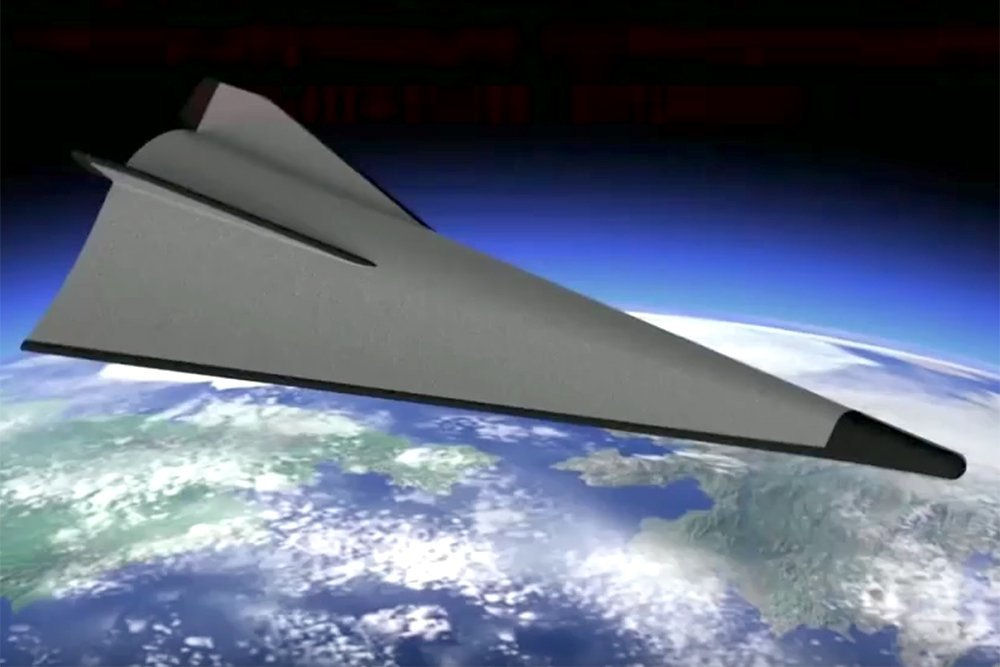The thrill of drifting, the rush of adrenaline as you navigate the curves of a winding road, the roar of the engine as you push the limits of your vehicle. But what sets apart the drifters who truly master the art of sideways driving from the rest? For many, it starts with the wheels. Specifically, the wheels of the trusty drift trike, a vehicle that has become a staple of the drifting community. The right set of wheels can make all the difference in handling, speed, and overall drift performance. In this post, we’ll delve into the world of Drift Trike Wheels, exploring the impact of different wheel designs, materials, and sizes on the handling, speed, and drift performance of your ride. From the science of tyre compound to the art of wheel sizing, we’ll cover it all, giving you the insider knowledge you need to take your drifting skills to the next level.
Introduction to Drift Trike Wheels and their importance
The thrill of drifting has captured the hearts of many enthusiasts, and the rush of adrenaline that comes with it is unmatched. But, have you ever stopped to think about the unsung heroes of the drift trike world – the wheels? Yes, you read that right! Drift trike wheels play a crucial role in the overall performance and handling of your drift trike. They are the connection between the trike’s frame and the ground, and their design and quality can greatly impact your drift experience.
When it comes to drifting, speed and control are paramount. A good set of wheels can make all the difference in your ability to execute smooth, precise drifts. The right wheels can provide the necessary traction, stability, and maneuverability to take your drifting skills to the next level. In this blog post, we will delve into the world of drift trike wheels and explore the impact they have on handling speed, as well as drift performance. Whether you’re a seasoned drifter or just starting, understanding the importance of wheels can help you optimize your ride and take your drifting experience to new heights. So, let’s get rolling and discover how the right wheels can make all the difference!
What is drift triking, and why is it popular?
Unveiling Drift Triking:
Drift triking emerges as an electrifying fusion of motorized transportation and precision handling, captivating enthusiasts globally with its adrenaline-fueled thrills. This burgeoning trend offers a unique form of recreational riding that combines speed, agility, and technical skill, attracting thrill-seekers and motor enthusiasts alike to its exhilarating experience.
The Art of Drift Triking:
Drift triking involves riders maneuvering specialized trikes fitted with high-performance wheels to intentionally induce oversteer. This deliberate technique causes the rear wheel to lose traction, enabling riders to execute thrilling drifts, acrobatic stunts, and daring maneuvers. The precise control required, coupled with the trike’s speed and agility, elevates drift triking to an addictive and awe-inspiring pursuit.
The Allure of Drift Triking:
Drift triking’s appeal lies in the rush of adrenaline and the sense of accomplishment it offers riders. Mastering the art of drift triking provides a euphoric experience, fostering a deep connection between enthusiasts and their machines. With its simplicity yet complexity, drift triking continues to gain immense popularity, leaving an indelible mark on the world of motorized recreation.
Understanding the impact of wheels on drift trike performance
When it comes to drifting triking, the wheels are more than just a means of propulsion – they are the unsung heroes that can make or break your performance. The right wheels can be the difference between a smooth, controlled drift and a shaky, unpredictable ride. In this crucial aspect of drift trike design, precision is key. A wheel that is not designed with precision in mind can lead to a host of problems, from decreased speed and handling to reduced stability and control.
The tread pattern and design of the wheels also have a significant impact on your drift trike’s performance. A wheel with a deep, aggressive tread pattern can provide improved traction and grip but may also increase the risk of wheel spin and loss of control. Conversely, a wheel with a shallower, more subtle tread pattern may be more suited to high-speed drifting but may need help to provide the necessary grip on slippery or uneven surfaces.
Types of wheels available for Drift Trike Rims and their features
When it comes to selecting the right wheels for Drift Trike Rims, the options can be overwhelming. However, understanding the different types of wheels available can make all the difference in your drift trike’s performance. From high-speed racing to precision drifting, each wheel type is designed to cater to specific needs and preferences.
One of the most popular types of wheels for drift trikes is the wide, soft-tyred wheel. These wheels are designed for high-speed drifting, providing a stable and grippy ride even at high speeds. With their soft, flexible sidewalls, they can absorb bumps and irregularities on the track, allowing for smoother, more controlled drifts.
Another option is the narrow, hard-tyred wheel, which is perfect for precision drifting and tight cornering. These wheels are designed for agility and responsiveness, providing a snappy feel and quick turn-in. Their hard, stiff sidewalls also make them more resistant to wear and tear, making them a great choice for frequent riders.
Factors to consider when choosing the right wheels
When it comes to choosing the right wheels for your drift trike, the options can be overwhelming. With so many variables to consider, it’s easy to get bogged down in the details. But, by understanding the key factors that influence wheel performance, you can make an informed decision that will elevate your ride to new heights.
First and foremost, consider the type of terrain you’ll be riding on. Will you be drifting on smooth asphalt tracks or navigating rough dirt roads? Different surfaces require different wheel characteristics, so it’s essential to choose wheels that are designed to handle your specific terrain. For example, if you’re riding on rough terrain, you’ll want wheels with a more aggressive tread pattern to provide better traction and control.
Another critical factor to consider is the weight of the wheels. Lighter wheels can improve your drift trike’s acceleration and responsiveness, while heavier wheels can provide more stability and control. But be careful not to sacrifice too much weight for the sake of stability – you’ll want to strike a balance that meets your needs.
How to optimize wheel performance for better handling
The subtle nuances of wheel performance can have a profound impact on the overall handling and drifting capabilities of your trusty drift trike. When it comes to optimizing wheel performance, it’s all about finding the perfect balance between grip, speed, and agility. In this critical aspect, the type of wheel you choose can be a game-changer.
A wheel that is specifically designed for drift triking, with a focus on precision handling and responsiveness, can make all the difference in the world. Look for wheels with a high-quality rubber compound that provides exceptional grip, allowing you to carve through corners with confidence and precision. The right wheel can also help you achieve faster acceleration and deceleration, giving you an edge over your competitors.
But it’s not just about speed – wheel performance also plays a crucial role in the overall drift performance. A wheel that can maintain its traction and stability, even when pushed to the limits, is essential for those daring drifts and doughnuts. By choosing the right wheel, you can ensure that your drift trike remains stable and composed, allowing you to focus on the thrill of the ride.
The importance of wheel weight and its impact on speed and drift
Understanding Wheel Weight:
In the realm of drift trikes, the humble wheel plays a pivotal role in determining ride quality and performance. Specifically, the weight of the wheel emerges as a critical factor that profoundly influences overall performance. Whether too light or too heavy, wheel weight directly impacts speed, stability, and maneuverability during drifting.
Balancing Performance:
Achieving the optimal wheel weight is akin to striking a delicate balance between speed and stability. A wheel that is excessively light may compromise the trike’s ability to withstand high speeds and intense cornering forces, jeopardizing control and drift execution. Conversely, an overly heavy wheel can impede acceleration and cornering, hindering the trike’s agility and responsiveness.
Selecting the Right Wheel:
When selecting wheels for a drift trike, meticulous consideration of weight relative to the trike’s overall weight is paramount. While compensating for a lightweight wheel is possible by adjusting the trike’s weight, this approach may disrupt overall handling dynamics. By meticulously selecting wheels that strike the ideal balance between weight, speed, and stability, riders can elevate their drifting experience and unleash their full potential on the track.
Top of Form
How to adjust wheel camber and toe for better performance
As you navigate the twists and turns of your favorite drift course, the subtle nuances of your drift trike’s wheel geometry can make all the difference between precision and chaos. The camber and toe of your wheels, in particular, play a crucial role in determining how your trike handles, accelerates, and – most importantly – drifts. By adjusting these parameters, you can fine-tune your ride to achieve optimal performance, whether you’re carving up the track or taking your skills to the extreme.
Camber, the angle at which the wheel leans inward or outward, affects the way your trike corners and transitions from one direction to another. Too little camber and your tyres may be prone to understeer, while too much can lead to oversteer, causing your trike to fishtail and lose grip. By adjusting your camber to the optimal setting, you can improve traction and cornering speed, allowing you to push your drift skills to new heights.
Toe, on the other hand, refers to the alignment of the wheels relative to the centre of the trike. When the wheels are properly aligned, your trike will track straight and true, making it easier to maintain speed and control. However, if the toe is off, your trike may pull to one side, causing you to lose your line and compromise your drift.
Conclusion
As we’ve explored the world of drift trike wheels, it’s clear that the right set of wheels can make all the difference in achieving the perfect drift. By understanding the impact of drift trike wheels on handling, speed, and drift performance, enthusiasts can fine-tune their ride for optimal results. Whether you’re a seasoned pro or just starting, the right wheels can help you take your drifting skills to the next level. So, the next time you’re out on the track, remember that the right wheels can make all the difference – and keep on rolling with precision!
FAQs
How do Drift Trike Wheels affect handling and performance?
Drift trike wheels play a crucial role in handling and speed performance. The size, material, tread pattern, and durometer (hardness) of the wheels can impact traction, stability, and maneuverability.
What wheel characteristics contribute to better handling on drift trikes?
Wheels with a larger diameter provide better stability and smoother rides on uneven surfaces. Additionally, softer durometer wheels offer more grip for tighter turns and controlled drifting, while harder wheels can increase speed but may sacrifice some maneuverability.
How do drift trike enthusiasts optimize wheel selection for their desired performance?
Enthusiasts often experiment with different wheel combinations to find the ideal balance between speed, traction, and maneuverability for their riding style and preferences. They may also consider factors like wheel width and hub design to further customize their drift trike’s performance.





